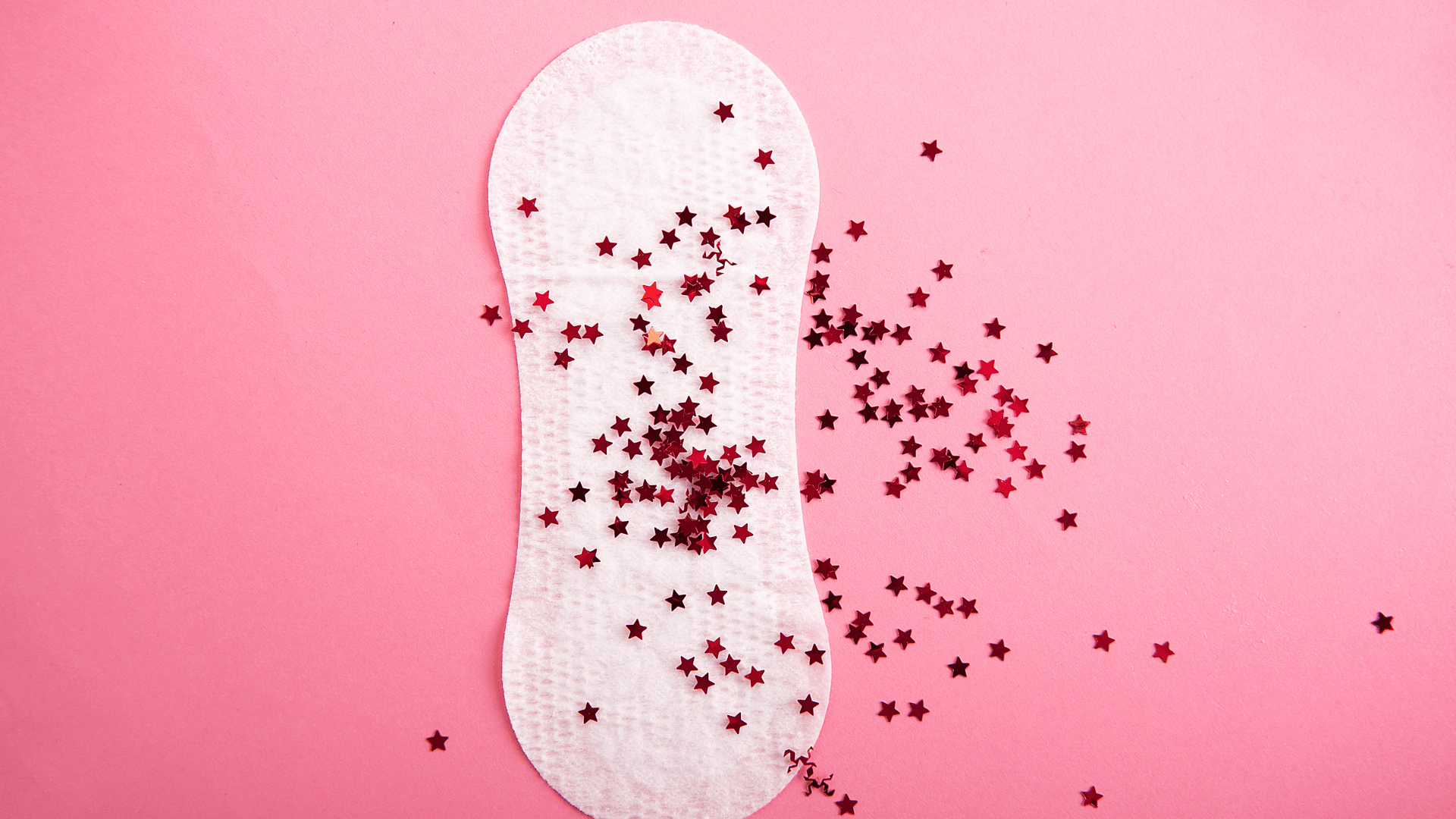Most of us love surprises, from romantic getaways to finding an extra piece of meat in the food you ordered, to discovering money in your pocket you forgot about. A little unexpected delight can make your day a little brighter. But there’s a surprise we can collectively agree no one signs up for — bleeding, or spotting when you’re not on your period.
The annoying thing about spotting is that it can show up when you’re out with your girls having fun, chilling at home, or even about to get some sexy time with your man. You notice the little red streaks, and your thoughts start spiraling, “It’s not that time of the month, so what is going on?” “Is my body playing a prank on me?” “Who did I offend?”
The good news? Most times, spotting is harmless. But, sometimes, it’s your body’s way of waving a little red flag that something isn’t exactly right with your reproductive system. So, let’s talk about spotting between periods, the common causes, and when you need to seek medical help.
What Exactly Is Spotting?
Spotting, or intermenstrual bleeding in fancy medical terms, is light bleeding that happens outside your regular period. Unlike your period, it is usually lighter with a few drops or streaks and shorter, often lasting for a day or two.
Common Causes of Spotting
Spotting can sneak up on you for lots of reasons. Some are harmless, and others are worth keeping an eye on. These are some of the reasons why you might be spotting.
Hormonal fluctuations
Your hormones are little chemical messengers that control everything, including your menstrual cycle. Progesterone and oestrogen are some of the key players, and when they are out of sync, your uterus (womb) might protest a little by leaking a few drops.
- Ovulation spotting: Around the middle of your menstrual cycle, when you’re ovulating, you might notice a little pink or brown spotting for a day or two. It’s more common than you think, and it’s nothing you should be worried about.
- Perimenopause: For older women who are approaching menopause, low oestrogen levels can thin the uterine lining and make it prone to bleeding. However, after menopause, any bleeding is abnormal and should be checked out.
- Hormonal birth control: The pills, patches, rings, implants, or IUDs can occasionally cause breakthrough bleeding in the first few months. This is usually temporary, and your body adjusts.
Sexual activity
Sometimes sex leaves more than good vibes and a little unwanted souvenir. Your vaginal walls and cervix are sensitive and full of tiny blood vessels, and so, friction during sex can cause a little bleeding afterwards. It is usually harmless, but if it’s frequent, heavy, or painful, then you need to see a doctor.
Infections
Infections in your vagina or cervix can cause some irritation, which can make the blood vessels in those areas fragile and lead to spotting.
Some of the causes are sexually transmitted infections like gonorrhoea or chlamydia, and sometimes bacterial vaginosis and even yeast infections on rare occasions. Also, watch out for vaginal itching, burning, or abnormal vaginal discharge, as they are useful tips that point to a vaginal infection.
Polyps or Fibroids
Polyps are small, abnormal non-cancerous growths on the lining of the uterus or cervix, while fibroids are non-cancerous muscle tumors in the uterus.
These growths can irritate the lining of the uterus or cervix, making it more prone to bleeding even when you’re not on your period.
Pregnancy-related spotting
Early pregnancy sometimes comes with implantation bleeding, which happens when a fertilised egg attaches to the lining of your womb. It is usually 1–3 days of light pink or brown spotting and occurs around when your period would have been due. This is because your womb is adjusting to its new landlord, the baby, and the pregnancy can disturb tiny blood vessels, leading to light bleeding.
However, spotting can be a sign of pregnancy complications like a miscarriage or ectopic pregnancy (when the baby grows outside the womb). It’s important to always seek medical attention if you’re spotting while pregnant.
Cancer
Cervical or uterine cancer can sometimes cause unexpected bleeding. It is less common, but if you experience spotting that is persistent, heavy, or comes with pain or abnormal vaginal discharge, get it checked promptly.
Rare causes
Other less common reasons for spotting thyroid disorders, such as hypothyroidism or hyperthyroidism, blood clotting disorders, which can affect how your blood clots, or medications like blood thinners.
When to See a Doctor
If you experience any of these, then you need to seek professional medical advice:
- Spotting that lasts more than a few days or occurs frequently.
- Heavy bleeding between periods.
- Bleeding that comes with pain, fever, or abnormal vaginal discharge.
- Spotting after menopause.
Final Thoughts
Spotting between periods can feel confusing and scary. Track it, pay attention to the patterns, and don’t ignore anything unusual.
If you experience some spotting between your periods and would like to speak to a doctor, click here to get started.





